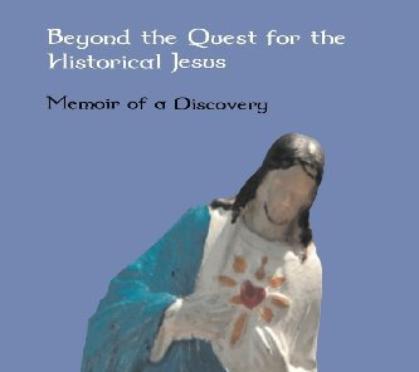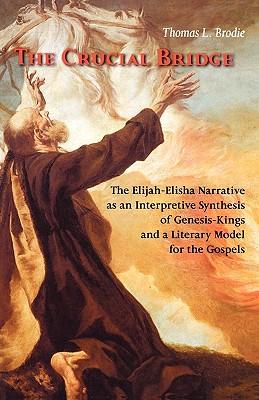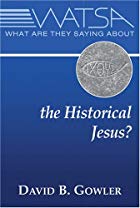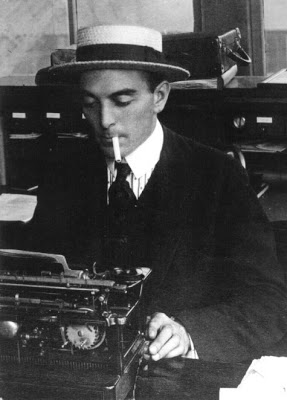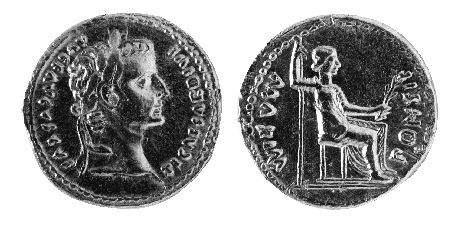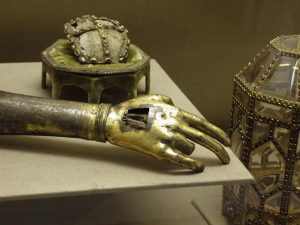How do historians, comparative linguists, biblical and textual critics, and evolutionary biologists establish beliefs about the past? How do they know the past?

That’s the subject of Aviezer Tucker‘s Our Knowledge of the Past: A Philosophy of Historiography (2004). Tucker’s interest is the relationship between the writing of history (historiography) and evidence (p. 8). It is written for audiences interested in philosophy, history, biblical criticism, the classics, comparative linguistics and evolutionary biology (p. 22).
When I began to review Richard Carrier’s book, Proving History, I pointed out that far from substituting crude mathematics for historical inquiry, the application of Bayes’ Theorem merely expresses in symbolic terms the way historians evaluate the nature of evidence and test hypotheses to explain evidence for certain events and artefacts. Some fearful critics have objected to the application of Bayes because they have never understood this fact.
All Bayes’ theorem does is help us clarify our thinking. Bayes theorem is simply a symbolic way of expressing how we do our best thinking when seeking explanations for evidence or evaluating hypotheses against the evidence. The more complex the factors that need to be considered in addressing a problem the easier it is for us to overlook a critical point or draw invalid comparisons. Bayes’ helps us to clarify thinking about the most complex of issues, including those in the social sciences and history. *
Why Bayes?
Tucker writes as a philosopher and concurs with the above assessments of other authors addressed in my earlier posts. Philosophers like to clarify the complexities they are discussing and are apt to use illustrative symbols to this end.
Philosophers find often that formal representation, Bayesian probability in our case, clarifies and concentrates the discussion. Some historians and many classicists may not be as used to this form of representation as their philosophical colleagues. . . . When I use formal representation, I express the same concepts in words, for the benefit of readers who are not accustomed to formal notation. (p. 22)
Historians ask questions like the following:
To what degree does a piece of evidence contribute or not to the confirmation of a hypothesis, given background conditions? (p. 96)
Specifically:
To what extent does a similar saying in the Gospels of Matthew and Luke support, or not support, the Q hypothesis, given everything else we know that is relevant to the question?
To what extent does the passage “born of a woman” in Galatians 4:4 support, or not, the hypothesis that the author believed Jesus was an historical person in the recent past, given everything else we know about Galatians, that verse in particular and its context, and evidence for Jesus?
The Bayesian theorem purports to state formally the relation between a particular piece of evidence and the hypothesis. (p. 96)
In the fifty or so pages of chapter 3 Tucker demonstrates
that an interpretation of Bayesian logic is the best explanation for the actual practices of historians. (p. 96) Continue reading “Real Historians Do Bayes!”


